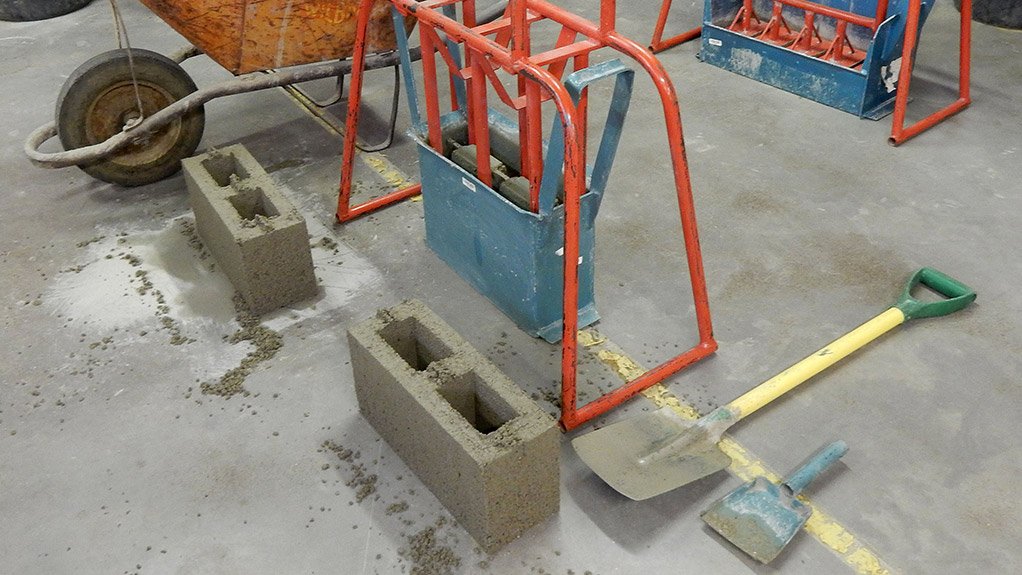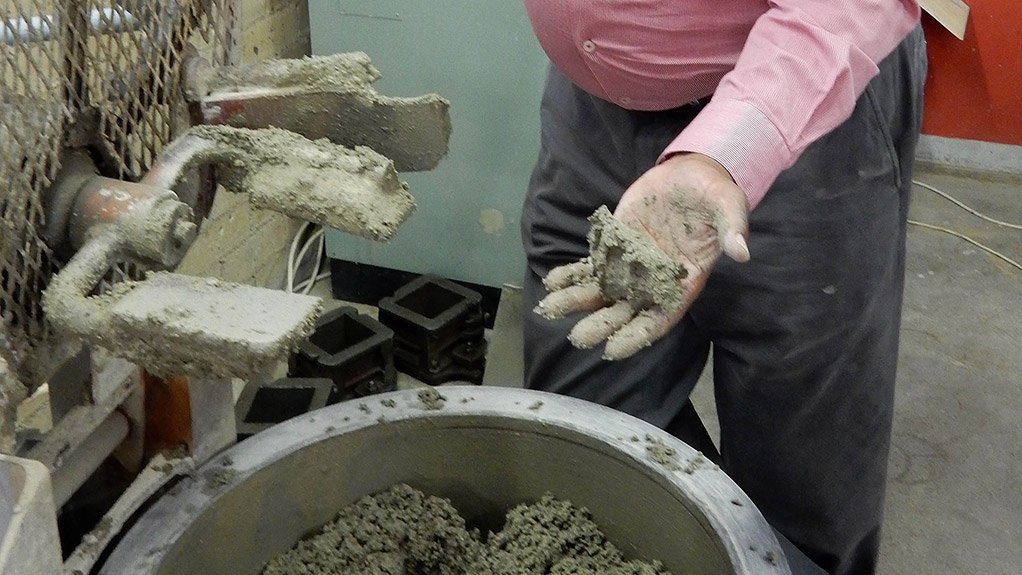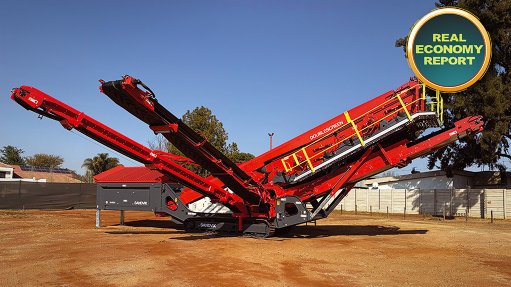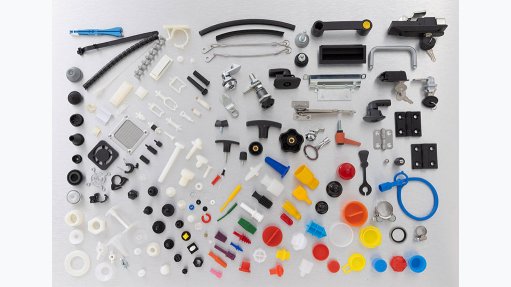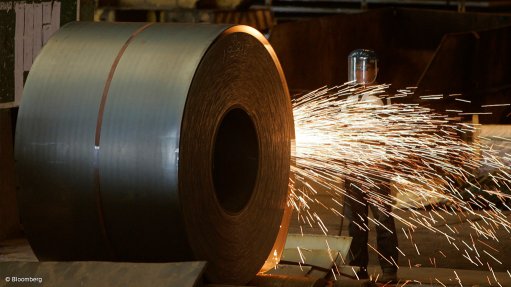Starting A Blockyard Could Be Profitable – But Do Your Homework First, Advises The Concrete Institute
This article has been supplied.
With South Africa experiencing a critical shortage in housing, the manufacture of concrete bricks and blocks would not only help provide affordable building materials but also assist in the establishment of small businesses, says Matthews Magwaza, lecturer at The Concrete Institute’s School of Concrete Technology.
Magwaza says the small-scale production of concrete bricks and blocks for masonry is ideal for small businesses. “Manufacturing can be carried outdoors, the process is simple, and the equipment required not exorbitantly expensive. But before starting any brick and block manufacturing operation, it is essential to investigate the economic feasibility of the venture.”
He says it should first of all be determined what the demand is for concrete blocks and bricks in the proposed area of operations, and check to see if there is competition from other blockyards. Only once that has been established, should costs of production and output enter the equation.
To assess costs, factors such as the following should be taken into consideration:
• The purchase price or rental of the site;
• The cost of site improvements, such as fencing, paved areas for production and stockpiles, pathways, roadways and buildings;
• The cost of equipment such as a concrete mixer, blockmaking machine, and various other equipment such as tools, wheelbarrows, and trolleys;
• Water and electricity tariffs;
• The material costs. “As a rough guide, assume one cubic metre of loose aggregate will yield 0.7 cubic metres of concrete volume,” Magwaza explains;
• The projected output in terms of number of blocks required, as well as the dimensions, and whether the blocks would be solid or hollow;
• Wastage volumes;
• Maintenance costs of the equipment and site;
• Labour costs; and
• The cost of obtaining start-up finance.
Magwaza says in selecting a site, the blockyard operator should consider the distance to the suppliers of raw materials, the market for the blocks and bricks, where the labour force to be hired lives, the quality of security in the area, and availability of services such as roads, water, sewerage, and electricity.
“The ground should be relatively level as steep slopes make handling and production difficult. The site should also be big enough for stockpiling aggregates as well as cement, production equipment, block stacking, staff facilities, a small office and on-site access. Concrete slabs should be provided for the storage of cement (ideally in a weatherproof room, covered with tarpaulins and raised from a possibly damp floor), as well as aggregate stockpiles which tend to be unusable after being in prolonged contact with the soil.
Aggregate stockpiles should be on a slight slope so that rainwater does not collect in the aggregates.”
He adds that the size of the production area depends on the method of producing blocks or bricks. ‘’A stationary machine, which forms blocks on pallets, needs a relatively small area with space around it for the operators. A mobile ‘egg-laying’ machine, on the other hand, requires a fairly large slab on which blocks are made.’’
The School of Concrete Technology presents regular courses on Making Concrete Bricks and Blocks which provides empowering learners with a rudimentary understanding of how to manufacture masonry units. The half-day courses includes practical tuition in the School’s laboratory.
For further information on these courses, which are mainly presented in Midrand but periodically also in Durban and Cape Town, contact Rennisha Sewnarain on email rennishas@theconcreteinstitute.org.za or phone 011 315 0300.
A free publication on the subject can also be downloaded from the Institute’s website www.theconcreteinstitute.org.za
Comments
Press Office
Announcements
What's On
Subscribe to improve your user experience...
Option 1 (equivalent of R125 a month):
Receive a weekly copy of Creamer Media's Engineering News & Mining Weekly magazine
(print copy for those in South Africa and e-magazine for those outside of South Africa)
Receive daily email newsletters
Access to full search results
Access archive of magazine back copies
Access to Projects in Progress
Access to ONE Research Report of your choice in PDF format
Option 2 (equivalent of R375 a month):
All benefits from Option 1
PLUS
Access to Creamer Media's Research Channel Africa for ALL Research Reports, in PDF format, on various industrial and mining sectors
including Electricity; Water; Energy Transition; Hydrogen; Roads, Rail and Ports; Coal; Gold; Platinum; Battery Metals; etc.
Already a subscriber?
Forgotten your password?
Receive weekly copy of Creamer Media's Engineering News & Mining Weekly magazine (print copy for those in South Africa and e-magazine for those outside of South Africa)
➕
Recieve daily email newsletters
➕
Access to full search results
➕
Access archive of magazine back copies
➕
Access to Projects in Progress
➕
Access to ONE Research Report of your choice in PDF format
RESEARCH CHANNEL AFRICA
R4500 (equivalent of R375 a month)
SUBSCRIBEAll benefits from Option 1
➕
Access to Creamer Media's Research Channel Africa for ALL Research Reports on various industrial and mining sectors, in PDF format, including on:
Electricity
➕
Water
➕
Energy Transition
➕
Hydrogen
➕
Roads, Rail and Ports
➕
Coal
➕
Gold
➕
Platinum
➕
Battery Metals
➕
etc.
Receive all benefits from Option 1 or Option 2 delivered to numerous people at your company
➕
Multiple User names and Passwords for simultaneous log-ins
➕
Intranet integration access to all in your organisation



